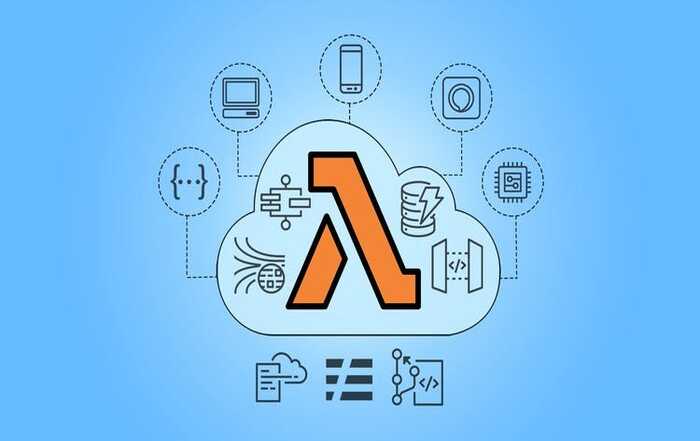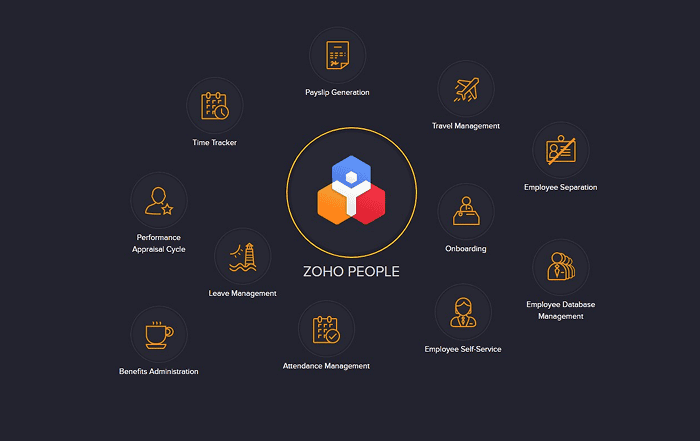
Introduction
All business operations have many requirements. To add to operational efficiency, options such as automating tasks and data processing are available, but setting these up also requires time and effort. What if there was another solution?
Developers can execute codes using AWS Lambda, a cloud-based serverless computing solution, without worrying about maintaining servers or other infrastructure. Following the Function as a Service (FaaS) paradigm, code is run automatically in reaction to events like file uploads, database updates, and API calls. Developers can concentrate on developing code instead of worrying about maintaining servers since AWS Lambda takes care of all the underlying AWS managed services, including scaling, maintenance, and security. This guarantees high availability and smooth scaling, making it a compelling choice for automation, real-time data processing, API backends, and interfacing with other AWS services.
The Rise in the Use of Serverless Architecture
To improve the scalability and cost-effectiveness of their apps, businesses are increasingly using serverless architecture with AWS Lambda. Because AWS Lambda scales dynamically in response to demand, companies can manage varying workloads without having to provision or manage servers. Applications with erratic traffic, such as e-commerce platforms, real-time analytics, and API-driven services, particularly benefit from this flexibility.
Another upside is that costs are manageable with AWS Lambda’s pay as you go strategy. This eliminates costs related to idle server capacity by allowing businesses to simply pay for the precise computing time their functions require. Startups and companies trying to maximize their IT costs may find this helpful. Furthermore, enterprises use AWS Lambda to automate processes, convert data, and implement event-driven workflows, enabling them to optimize operations without making significant infrastructure investments.
This serverless methodology is a significant force behind digital transformation and cloud-native solutions as it speeds up development and lowers operating overhead.
As a growing business, seek assistance from AWS partner Kerala to optimize your AWS managed services, ensuring efficient implementation and maintenance.
AWS Lambda’s Evolution in 2025
With more serverless services, better developer tools, and enhanced monitoring capabilities, AWS Lambda will continue to advance in 2025. These improvements make serverless computing more economical, scalable, and efficient for enterprises. Monitoring and observability have seen significant advancements, with real-time insights now offering comprehensive visibility into function execution, latency, and resource utilization. Distributed tracing has also been improved, enabling companies to monitor the whole request flow across several services, which enhances debugging and performance optimization.
Since developers can access more sophisticated tools, building and implementing serverless apps is simpler. Better insight into function execution provided by improved debugging tools enables developers to see and rectify problems more rapidly. The differences between testing and live deployment are now less noticeable as local development environments more closely resemble production settings. Furthermore, optimized deployment procedures have accelerated development cycles and shortened the time to market for businesses.
To further support the transition to fully serverless architectures, AWS has expanded its AWS managed services beyond AWS Lambda. By allowing companies to launch and expand applications without worrying about infrastructure management, serverless adoption is transforming traditional DevOps workflows.
There have also been notable enhancements in cold start performance, reducing latency, and making AWS Lambda more viable for real-time applications. AWS is also exploring GPU workloads to facilitate AI-driven applications, and more adaptable execution environments are being implemented to satisfy the increasing demand for high-performance computing, AI, and machine learning. Businesses looking to leverage these advancements can benefit from working with AWS partner Kerala to ensure seamless cloud adoption and serverless implementation.
How Are Businesses Benefiting from Serverless Architecture with AWS Lambda?
Companies are leveraging the serverless design of AWS Lambda to save money, scale automatically, and simplify operations. One of its most significant benefits is its pay-as-you-go pricing model, which allows businesses to pay only for the precise compute time their functions require. By eliminating idle server costs, AWS Lambda significantly reduces expenses and removes the need for upfront infrastructure investments. Businesses can optimize their cloud expenditures while ensuring high availability and performance by avoiding the burden of managing dedicated servers.
In addition to cost savings, AWS Lambda handles infrastructure management, scalability, and maintenance, allowing businesses to streamline operations. Instead of worrying about traffic surges and server management, AWS automatically allocates resources and adjusts capacity based on demand. This ensures that applications can efficiently handle unpredictable traffic spikes without experiencing performance degradation.
For companies seeking expert guidance in maximizing their AWS Lambda implementation, working with AWS partner Kerala can help navigate serverless best practices and integrate AWS managed services seamlessly into their workflows.
Challenges Faced
Despite its advantages, businesses using AWS Lambda in 2025 still encounter challenges such as vendor lock-in, debugging complexity, and cold start delays. Even with AWS’s improved cold start performance, some applications experience delays when functions are called after inactivity, particularly those that require low-latency responses.
Additionally, debugging and troubleshooting serverless applications remain difficult because traditional monitoring tools are not always suited for distributed, event-driven architectures. Furthermore, vendor lock-in is a concern for businesses that rely heavily on AWS services, making it difficult to migrate workloads to other cloud providers.
These challenges indicate that serverless computing requires ongoing innovation and adaptability. Companies can mitigate these issues by partnering with AWS partner Kerala, ensuring they receive expert solutions for monitoring, security, and architecture design.
Conclusion
AWS Lambda has revolutionized serverless computing, providing businesses with a scalable, cost-effective, and efficient cloud solution. Its pay-as-you-go model, automatic scaling, and seamless integration with AWS managed services make it an essential tool for modern applications.
Despite challenges like vendor lock-in and debugging complexity, AWS continues to improve Lambda’s performance and developer tools, making serverless adoption easier for businesses. By working with AWS partner Kerala, companies can leverage serverless architecture to its fullest potential by ensuring smooth cloud transitions and enhanced operational efficiency. Contact Codelattice today to explore more about the AWS services by emailing askus@codelattice.com or by dialing +91 9620615727



